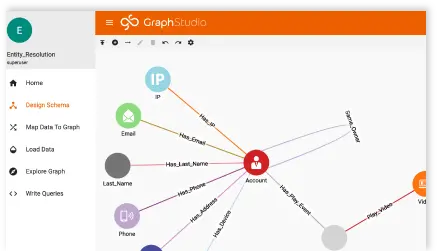WHY USE GRAPH DATABASES?
Leap Forward With A Native Parallel Graph Database
We Use Graph Databases
Every Day
Relational and NoSQL Databases Aren’t Up to the Task
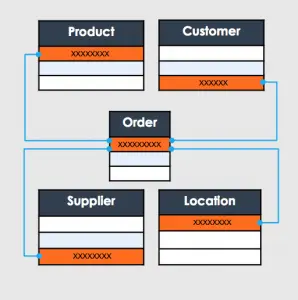
Relational Database
Complex, slow, table joins required
- Rigid schema
- High performance for transactions
- Poor performance for deep analytics
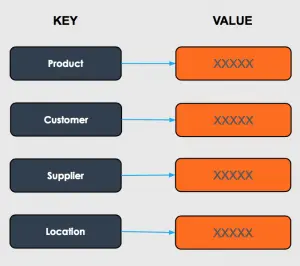
Key-Value Database
MULTIPLE SCANS OF MASSIVE TABLE REQUIRED
- High fluid schema/no schema
- High performance for simple transactions
- Poor performance for deep analytics
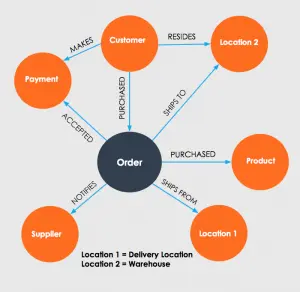
Graph Database
PRE-CONNECTED BUSINESS ENTITIES – NO JOINS NEEDED
- Flexible schema
- High performance for complex transactions
- High performance for deep analytics
Older Graph Databases
Fall Short
First-generation graph databases were built with native graph storage but were not made to handle large data or query volumes or perform beyond three levels or connections– known as hops – inside the graph. With every hop in a graph, the scope of the search expands dramatically and the insights gleaned become deeper.
Second-generation graph databases were built on top of NoSQL storage, which allowed them to load large amounts of data. However, they still do not scale for queries involving three or more hops. Older graph databases also typically do not support “database sharding”– partitioning of data across a number of servers to increase scalability-which means, a large graph with terabytes of data can’t be distributed. These legacy graph databases are ill-equipped to scale up to today’s real-world requirements, which call for a system that can perform many hops efficiently and in parallel to deliver sub-second query performance on big data.
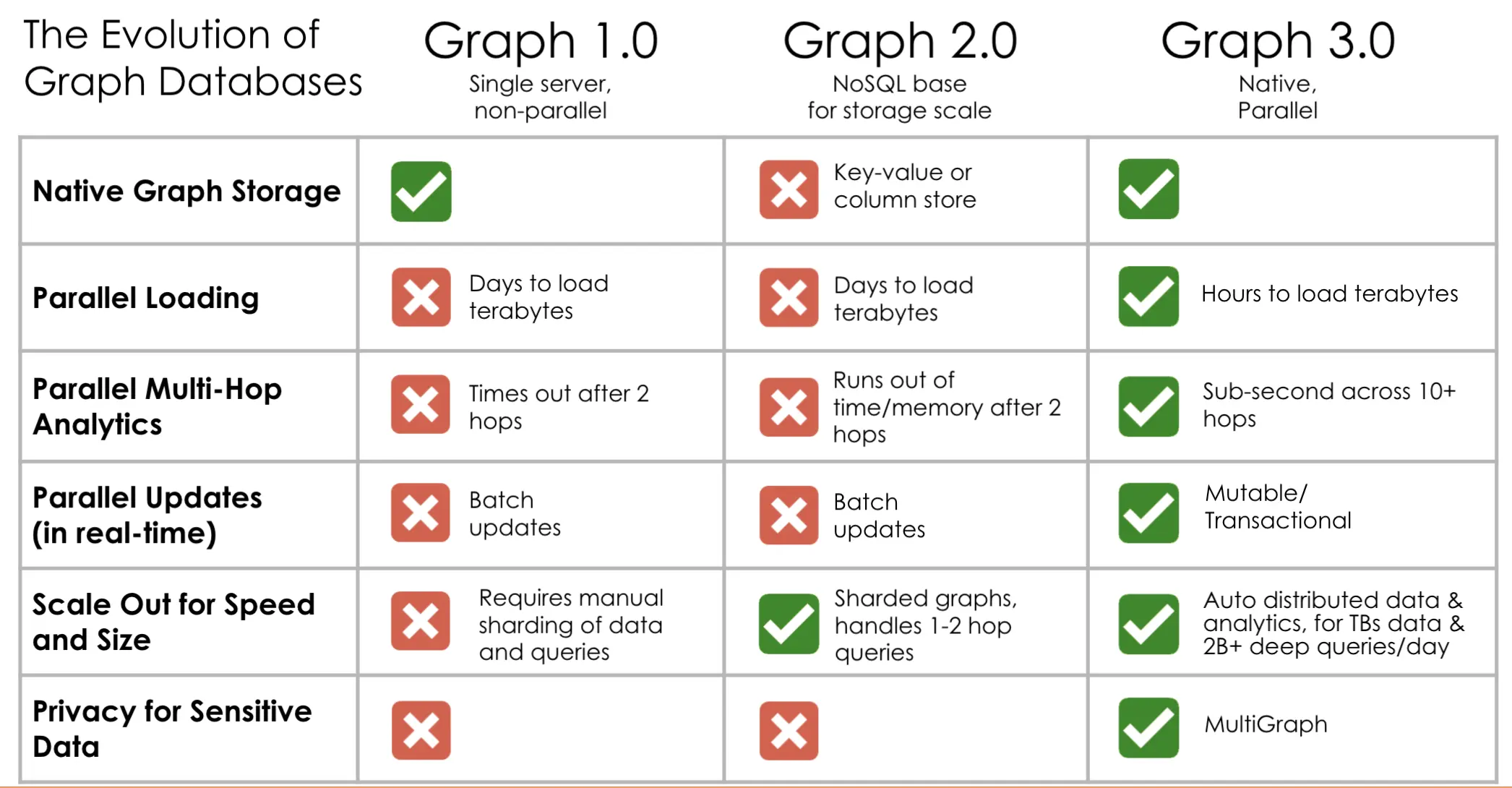
Leap Forward with a Native Parallel Graph Database – TigerGraph
TigerGraph is a native parallel graph database purpose-built for loading massive amounts of data (terabytes) in hours and analyzing as many as 10 or more hops deep in to relationships in real-time. TigerGraph supports transaction as well as analytical workloads, is ACID compliant, scales up and out with database sharding. TigerGraph’s proven technology supports applications such as fraud detection, customer360, IoT, AI and machine learning to make sense of ever-changing big data, and is used by customers including Intuit, China Mobile, Wish and Zillow.
Native Parallel Graphs eBOOK
The Next Generation of Graph Database for Real-Time Deep Link Analytics
